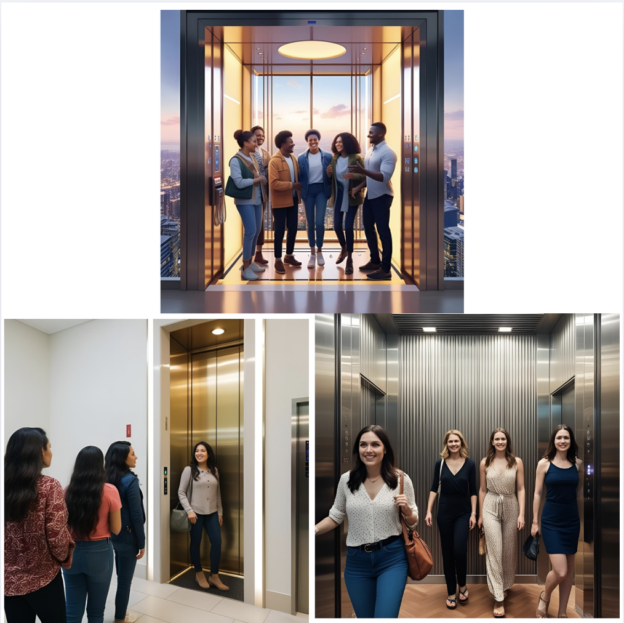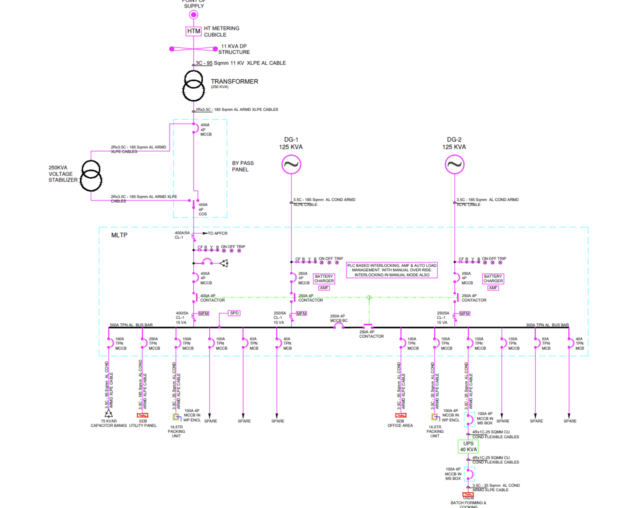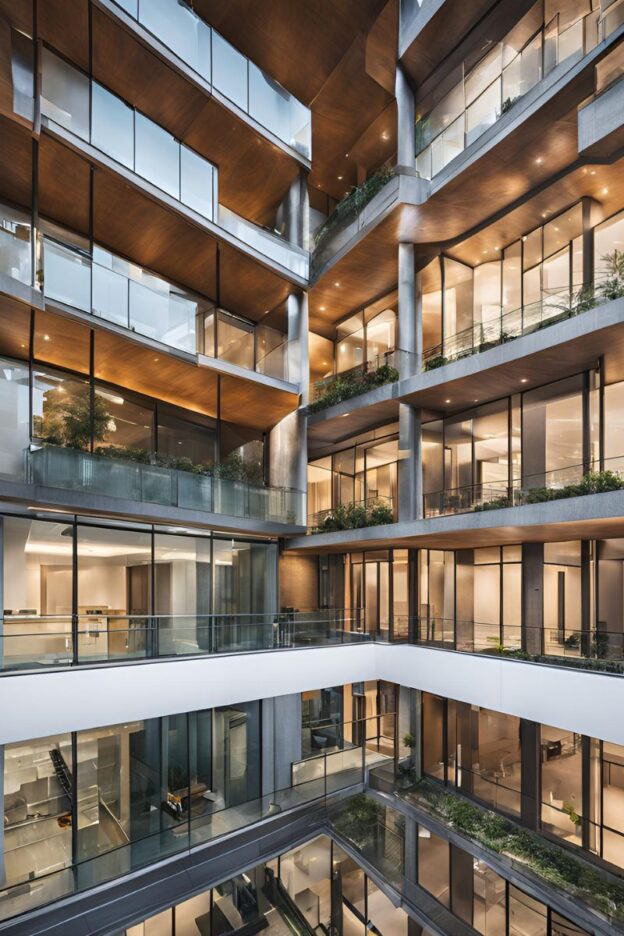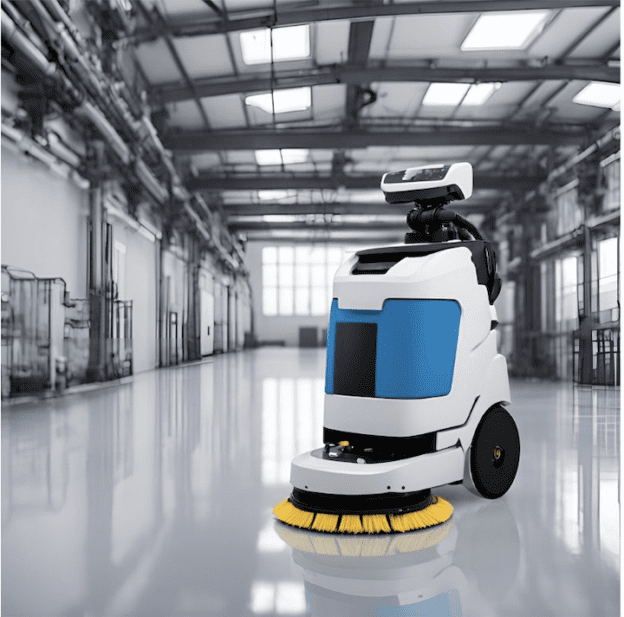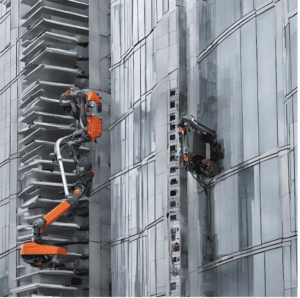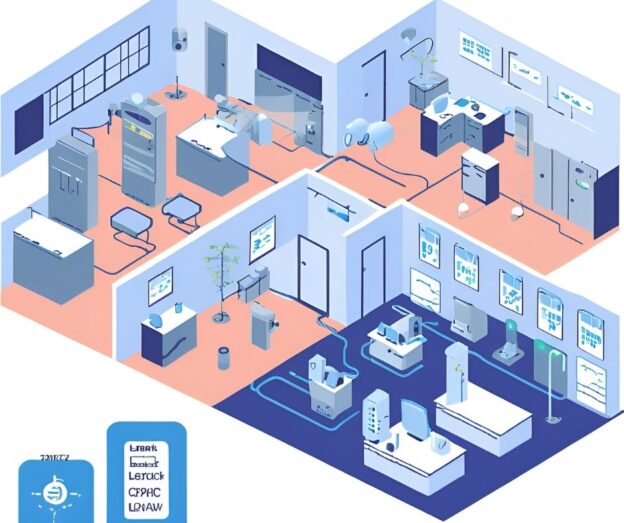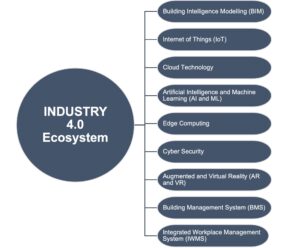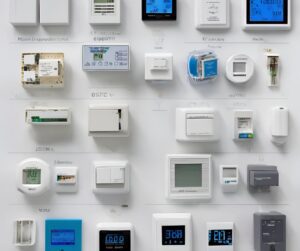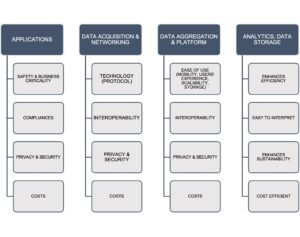Elevators are the most vital vertical transport equipment in high-rise buildings. Steam-powered passenger elevators were first installed at the Haughwout Department Store in New York in 1857, and the electric lift came into use in early 1900. Since then, the technology and safety features of passenger elevators have evolved for skyscrapers across the globe. With the advent of modern-day skyscrapers equipped with state-of-the-art elevators, building facility managers are responsible for upgrading their knowledge and understanding of the latest technology trends, safety features, maintenance techniques and passenger comforts.
ELEVATOR INNOVATIONS
Over the past 150 years, numerous innovations have emerged worldwide, particularly in the electric traction systems used for high-rise buildings. These advancements have focused on enhancing safety and security features, promoting intelligent interoperability in smart buildings, and increasing passenger comfort. Recent innovations in lift technology include regenerative drives, gearless traction systems, ropeless lifts, IoT-enabled diagnostics and controls, and AI and ML adaptive systems.
Drivers for the technology innovations are –
• Safety features
• Security surveillance and controls
• Speed and smooth ride
• Passengers’ comfort – optimising waiting and destination time
• Energy and carbon efficiency
• Reliability and maintainability
• Installation, operation, maintenance and disposal cost efficiency
ELEVATOR ETIQUETTE
• Please observe the directional movement of the lift and the comfort level of fellow passengers when entering or exiting the lift car while maintaining a respectful personal space.
• Refrain from prolonged staring, playing music, creating excessive noise, engaging in loud conversations, or conversing over the handset within the lift car.
• It is advisable to avoid consuming food or beverages inside the lift car.
• Maintain a standard of personal hygiene by covering your mouth and nose when sneezing.
• When accompanied by a dog, please utilise the designated lift, remain considerate of other passengers, and ensure that the dog is always leashed and under your control.
• Priority should be given to delivering food, medication, or emergency supplies.
• Be careful with your luggage in the elevator and avoid overloading it.
• Do not obstruct the car door to allow others to enter or exit the lift. Furthermore, do not attempt to rescue individuals from the car if it has halted away from the floor level.
SAFETY
1. In 1999, a passenger was trapped in an elevator at the McGraw-Hill building on Sixth Avenue, New York, for 41 hours after it stopped dead after a brief power dip. Alarms, surveillance video, and all other attempts to call for help went unnoticed for 41 hours.
(Source: NYTimes- The Big City; Aftermath Of 40 Hours In an Elevator)
2. Noida high-rise lift malfunctions, reaches top floor, smashing roof after brakes fail
This is the second time in less than a year that a lift at Paras Tierea Society in Noida has malfunctioned.
(Source: https://indianexpress.com/article/cities/delhi/3-injured-after-lift-brakes-fail-reaches-top-floor-smashing-roof-in-noida-high-rise-9324996/)
Modern-day lifts have built-in safety features mandated by local and national legal and regulatory guidelines. Accidents from elevators are rare, but they are fatal in most cases. Construction and maintenance personnel working in or near elevators and general passengers face significant accident risks.
For maintenance and construction workers, janitors, and cleaners, the significant hazards are –
• Fall into the shaft
• Entanglement between the moving car and fixed structures or moving parts.
• Hit by the elevator car or counterweight
Passengers face tangible and relatively frequent safety hazards, which include: –
• Entrapment within the lift car
• Mis-levelling of the lift
• Excessive speed of the lift
• Malfunction of the car doors
• Failure of the emergency rescue device
• Dysfunctionality of the emergency push button
• Autonomy of the emergency lights
• Inoperability of the intercom system
Consider the essential safety measures that construction and maintenance personnel are required to implement to promote professionalism and ensure safety in workplace practices.
• Safety regulations and protocols should be readily accessible to construction and maintenance staff and passengers throughout operations.
• The emergency response program should be systematically developed to effectively address common issues, such as entrapment following a power interruption, entanglement of individuals or clothing in lift doors or moving components, lift car door malfunctions, failure to stop at designated floor levels, excessive noise and vibrations during operations, and potential physical confrontations with other passengers or animals Only personnel who have received adequate training and certification should be authorised to perform work on or near lifts.
• Lock-out and tag-out procedures must be strictly adhered to during maintenance work.
• The ‘Original Equipment Manufacturer’ should be prioritised when awarding the lift’s annual maintenance contract.
• Additionally, the maintenance team must maintain a comprehensive monthly inspection log.
• Third-party entities conduct periodic safety evaluations and passenger feedback to enhance safety and improve measures for end-user comfort.
Elevators are ubiquitous equipment that meets the vertical transport needs of high-rise smart buildings. The right design technology, which addresses building operation needs, maintenance and operational procedures, safety audits, compliance with statutory and regulatory guidelines, and social etiquette, constitutes the key elements for managing the system throughout its lifespan.

